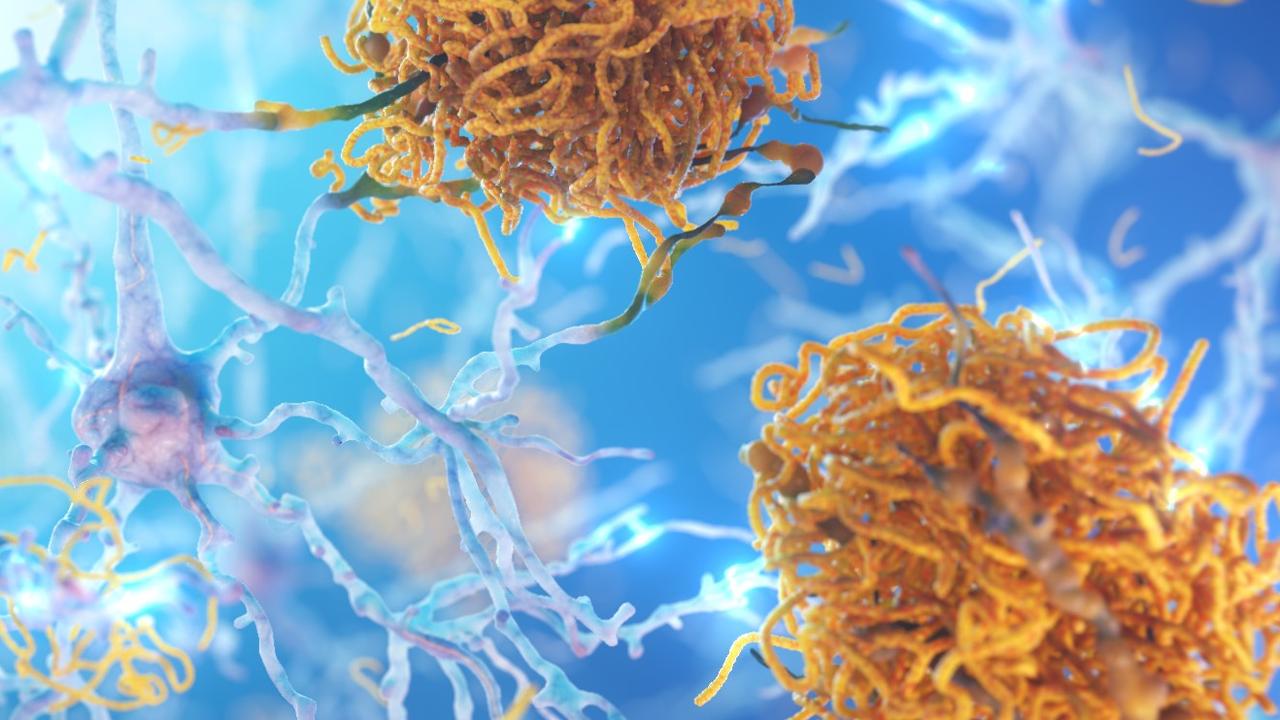Antibiotic-resistant gonorrhoea cases surge in Australia
CONCERNING statistics show how an antibiotic-resistant strain of an STI that causes infertility is quickly spreading throughout Australia.
A STRAIN of gonorrhoea that is resistant to antibiotics and can cause infertility is spreading rapidly in Australia.
Dubbed a “super-superbug” because of its resistance, cases involving this nasty strain of the sexually transmitted infection have almost tripled in six months.
The shocking figures are part of a new report released by the Australian Commission on Safety and Quality in Health Care, which reveals that 742 reports of critically resistant bacteria were lodged in its system from April to the end of September 2017.
This is a 75 per cent increase on the 423 cases reported in the same period a year earlier.
The bulk of the rise was caused by a sharp increase in the number of reports of gonorrhoea showing resistance to azithromycin, which is part of the recommended treatment for the STI. The disease is caused by a bacteria and is spread through vaginal, oral and anal sex.
Reports of this resistant strain of gonorrhoea rose by 182 per cent over the same period, from 121 to 342.

“We need to know which resistant bacteria are emerging so as to be best prepared to respond to outbreaks if and when they happen,” one of the Commission’s senior medical advisers Professor John Turnidge said.
The spread of antibiotic resistance is causing authorities in Australia and globally to reinforce monitoring and programs designed to slow the spread of infections.
GONORRHOEA IN AUSTRALIA
In January, disturbing data from the Melbourne Sexual Health Clinic (MSHC) revealed gonorrhoea infections in the city have increased 30 per cent annually since 2015.
In 2016, 137 women and 1629 men were diagnosed with gonorrhoea at the MSHC — compared with just 42 people in 1993.
It also revealed that syphilis cases have risen every year in Melbourne since 2010, when there were fewer than 100 diagnosed cases.
Researchers say the re-emergence of syphilis and gonorrhoea was mainly in heterosexual people — and online dating and the reduced fear of HIV could be a factor.
“It’s actually difficult to know what’s driving this — there’s probably multiple factors at play,” said medical services manager Marcus Chen.

In November, a report published by the Kirby Institute showed there has been a 63 per cent increase of gonorrhoea in Australia over the last five years, with 23,000 people diagnosed in 2016 alone.
Over the past five years the rates of gonorrhoea have increased to 99 per cent in major cities, but have declined eight per cent in remote areas, according to the report.
MSHC researcher Eric Chow said current rates of STIs have not been seen since the 1980s, particularly the concerning rise in gonorrhoea and syphilis in the community.
“We’re not sure exactly why that is but it is something we have started investigating,” he said.
“Gonorrhoea and particularly syphilis can have serious consequences if left untreated and are highly contagious so we urge anyone who is sexually active to have regular check-ups.”
GLOBAL RISE
In July, the UN’s health agency, the World Health Organisation (WHO), said nearly 80 million people are infected with gonorrhoea every year.
WHO’s director of antimicrobial resistance Marc Sprenger said more needs to be done tackle the rise of gonorrhoea.
“To control gonorrhoea, we need new tools and systems for better prevention, treatment, earlier diagnosis,” he said.
“We need new antibiotics, as well as rapid, accurate, point-of-care diagnostic tests.”
If left untreated, gonorrhoea can cause painful pelvic inflammation in women, and infertility in both genders.

In extreme cases, the bacteria can spread in the blood to cause life-threatening infections in other parts of the body.
It can be passed directly from a pregnant woman to her baby and cause blindness in the unborn child.
WHY IS GONORRHOEA MAKING A COMEBACK?
“The bacteria that cause gonorrhoea are particularly smart,” WHO official Teodora Wi told AFP.
“Every time we use a new class of antibiotics to treat the infection, the bacteria evolve to resist them.
“These cases (80 million worldwide) may just be the tip of the iceberg, since systems to diagnose and report untreatable infections are lacking in lower income countries where gonorrhoea is actually more common.”
Gonorrhoea resistance to penicillin and tetracycline, a common broad-spectrum antibiotic, first emerged in the 1970s in Asia, spreading to the rest of the world during the early 1980s, according to WHO.
Resistance to the next level antibiotic, ciprofloxacin, developed in the mid-2000s.
A third generation of drugs called cephalosporins — orally administered cefixime and injectable ceftriaxone — then came into use.
According to the WHO, resistance to cefixime — and more rarely to ceftriaxone — has now been reported in more than 50 countries.
— With AFP




